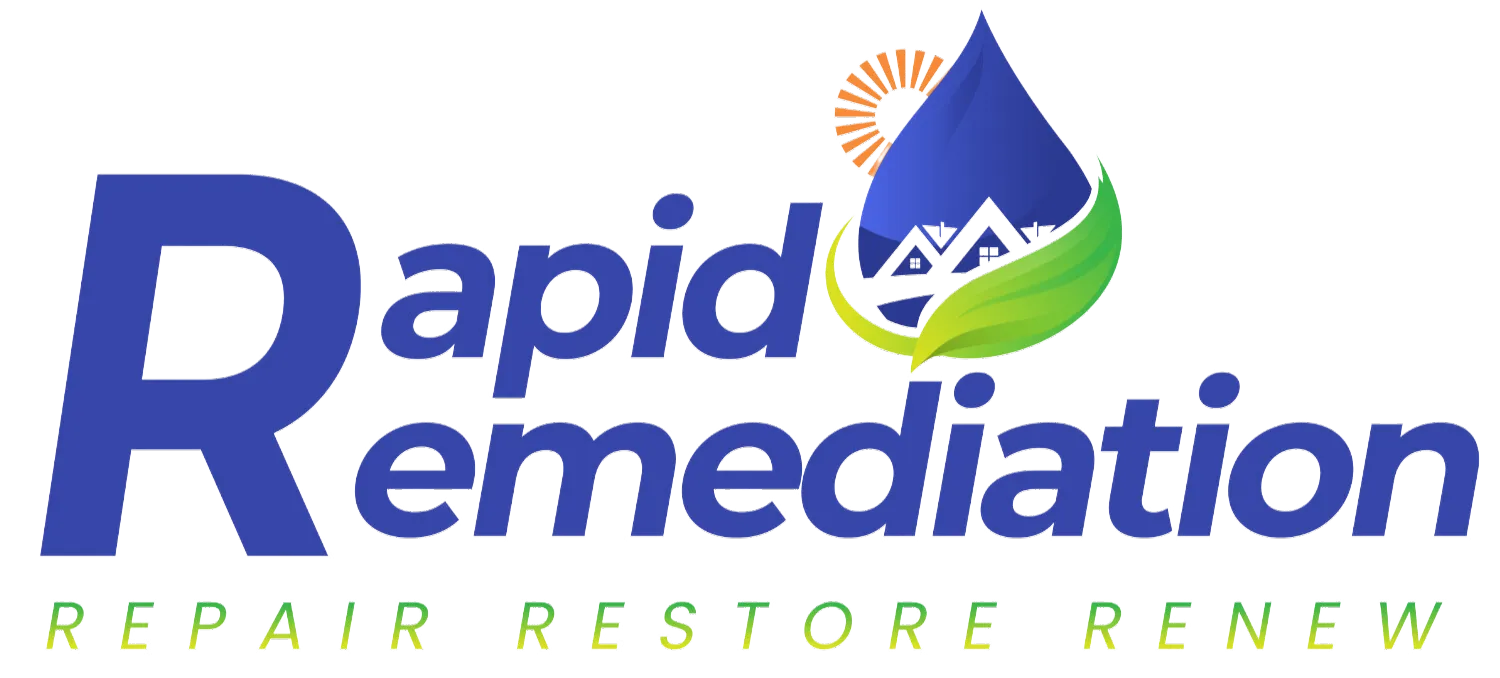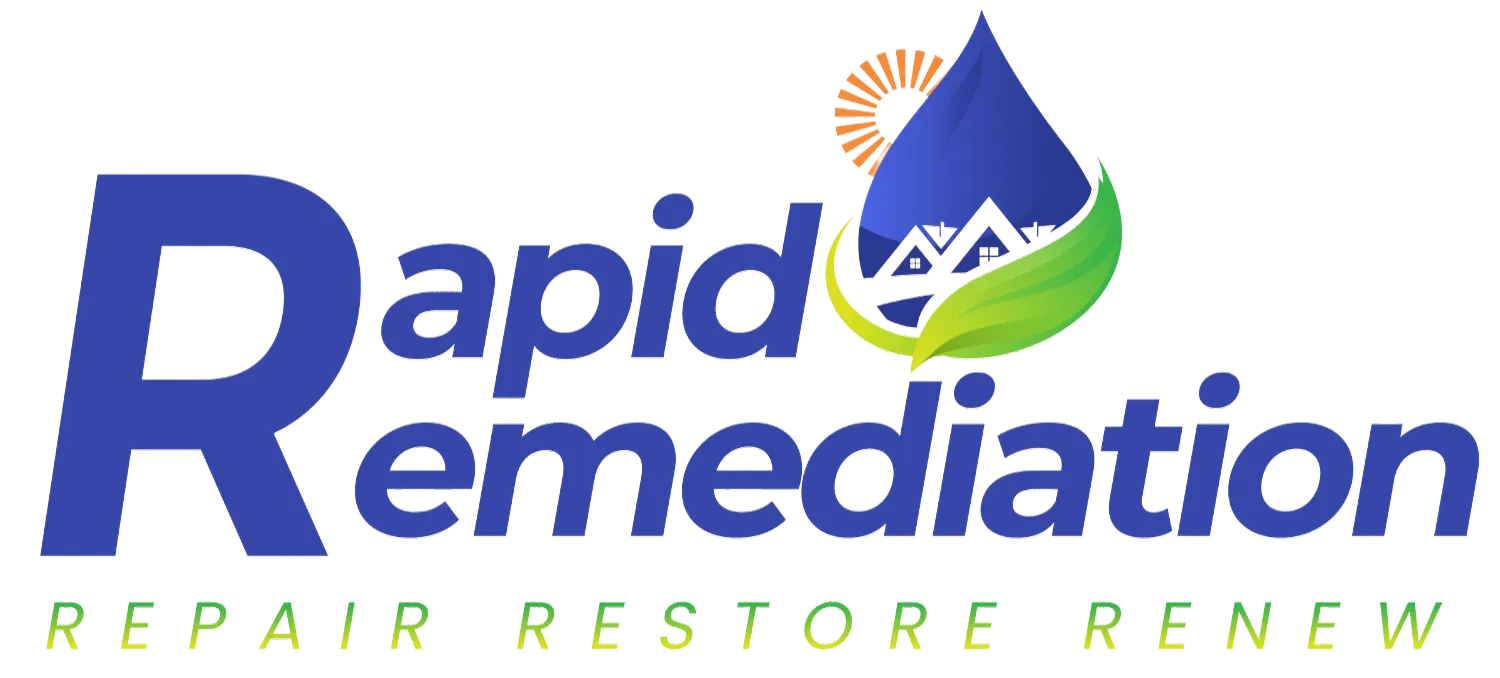When storms hit, they can leave a trail of destruction in their wake. Among the most significant impacts are the damage to trees, which can pose serious hazards to property and safety. Understanding how to deal with storm-damaged trees is crucial for homeowners and property managers alike. At Rapid Remediation, we want to share the steps to take immediately after a storm and our best practices for tree removal and recovery.
Common types of storm tree damage
The common types of storm tree damage we see are: broken branches, uprooted trees, splintered trunks and leaning trees.
Steps To Take After a Storm
Assess Safety
Before doing anything else, ensure that the area around the damaged trees is safe. Look for downed power lines, unstable trees and other hazards. Keep a safe distance and call Rapid Remediation at 832-349-8054 immediately. If there are immediate dangers, call emergency services.
Document the Damage
Take photos and notes of the damage for insurance purposes. Detailed documentation can help with claims and provide a record of the damage for future reference.
Contact Rapid Remediation
Dealing with storm-damaged trees can be dangerous and complex. It’s essential to contact a professional arborist to assess the damage and recommend the best course of action. We have the expertise and equipment to handle tree removal safety. There are also supports for families who need housing in the interim; check out Disaster Relief Resources: Individuals and Families.
Tree Removal and Recovery
Remove Broken Branches
Texas.gov is a great resource for landscaping preparation. For smaller branches that are broken but still attached, a professional can safely prune them. It’s crucial to remove these branches promptly to prevent further damage and reduce the risk of falling debris.
Have Uprooted Trees Removed
Uprooted trees need to be carefully removed. This is a job for professionals, as improper handling can lead to accidents and/or further damage to the property.
Dealing with Splintered Trunks
If a tree has a splintered trunk, it often needs to be removed. However, in some cases, an arborist might be able to stabilize the tree with cabling or bracing. Always follow the advice of a professional to ensure safety.
Correcting Leaning Trees
Leaning trees require immediate attention. Depending on the severity of the lean and the condition of the roots, an arborist might recommend removal or corrective measure to stabilize the tree.

Preventative Measures for the Future
Regular tree maintenance (pruning), strategic tree planting and installing support systems are the best ways to take preventative measures against tree and property damage.
Storm tree damage is a serious issue that requires immediate and professional attention. By understanding the types of damage, taking the appropriate post-storm actions, and implementing preventative measures, you can protect your property and ensure your safety!

